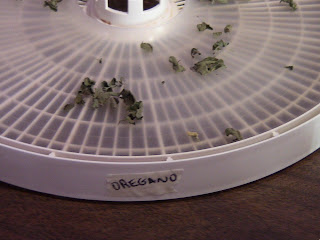Today I am going to talk about covers for your toasters, can openers, blenders and mix masters. I have always had covers for these appliances, but recently they had become old and very dirty.
So I decided it was time to replace them after having them for over 10 years. I know I’m bad, but I don’t like to throw things away until I have to. So I went to a few stores to look for some new ones and compare prices. I checked at 4 different stores with no luck, no one even carries them anymore. Next, I went online to check for covers and got sticker shock. Mix Master covers start at $13.00 dollars and then go up from there.Toaster covers start at $9.00 dollars and go up from there. Can Opener covers start at $7.00 dollars and go up there. By the time I get all the appliance covers I need I would have to spend over $30.00 dollars. That’s way too much money to be spending on appliance covers. So this is what I decided to do, I went to my local Walmart and checked out the material section. Buying material is very expensive, but if you look for leftover scraps of material you can find some pretty cheap.
So today I am going to show you how I bought 1 yard of scrap material for under $4.00
dollars and made a Mix Master cover. This wasn’t very hard to do and it took me under 1 hour to make. If you do not have a sewing machine, ask a friend if you can borrow one. I still had my old cover so I used this for my pattern. If you do not have a pattern to use just place your Mix Master on the material and draw around it. Always measure your width, length, and height. Make sure you add a little extra for your seams.
After I measured everything out carefully, I cut out my pattern. Next, I pinned my first front panel to my side panel and sewed them together. Place your back panel on and sew this together. Sew up the bottom to make a nice seam and you are done.
With my extra material I have left, I am going to make a Toaster cover and Blender cover.
All you have to do is measure your width, height, and length very carefully adding a little for the seams. This was so easy to make and now instead of paying over $30.00 dollars I can have 3 covers for under $4.00 dollars. It’s amazing what you can save by just making these covers yourself. I hope you enjoyed another one of my saving tips from Suzie Homemaker.















































